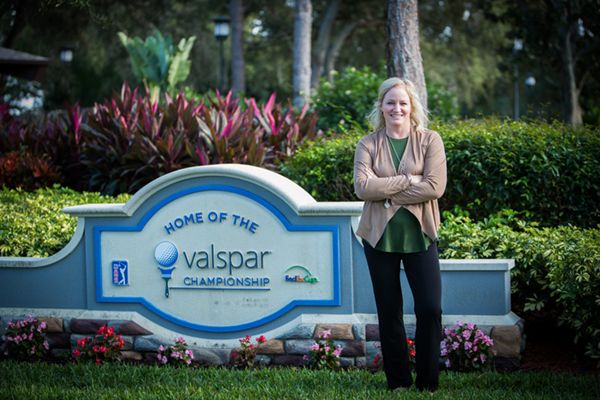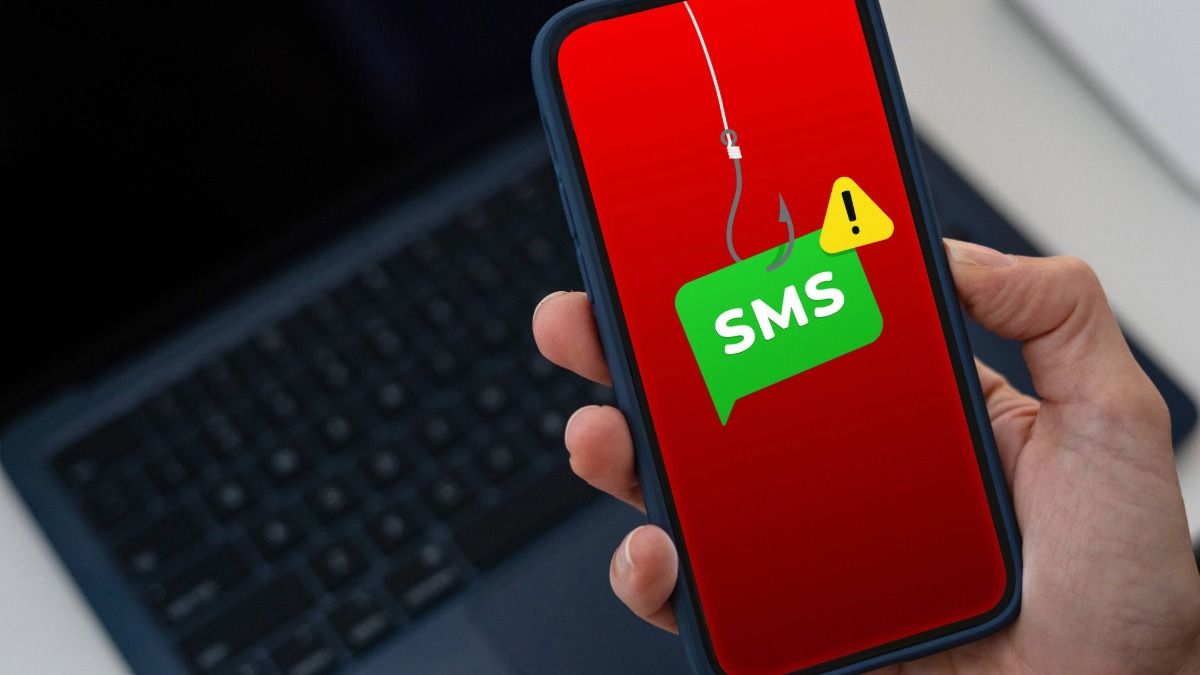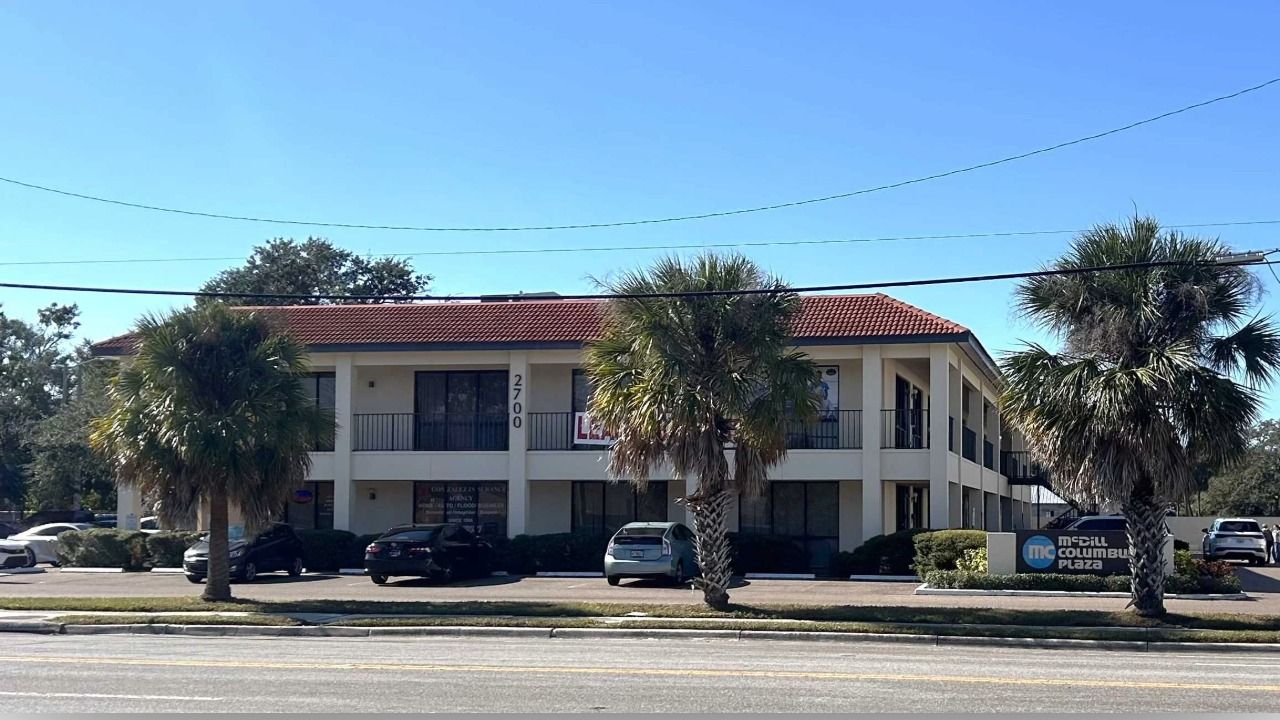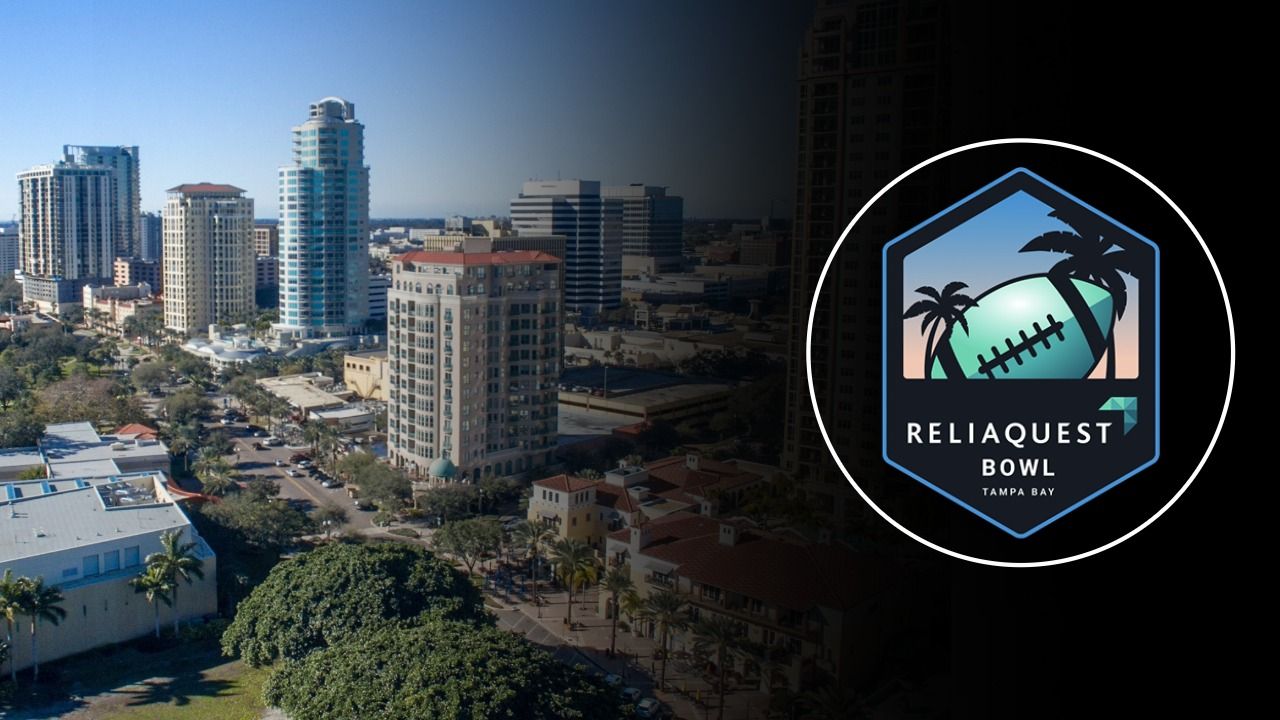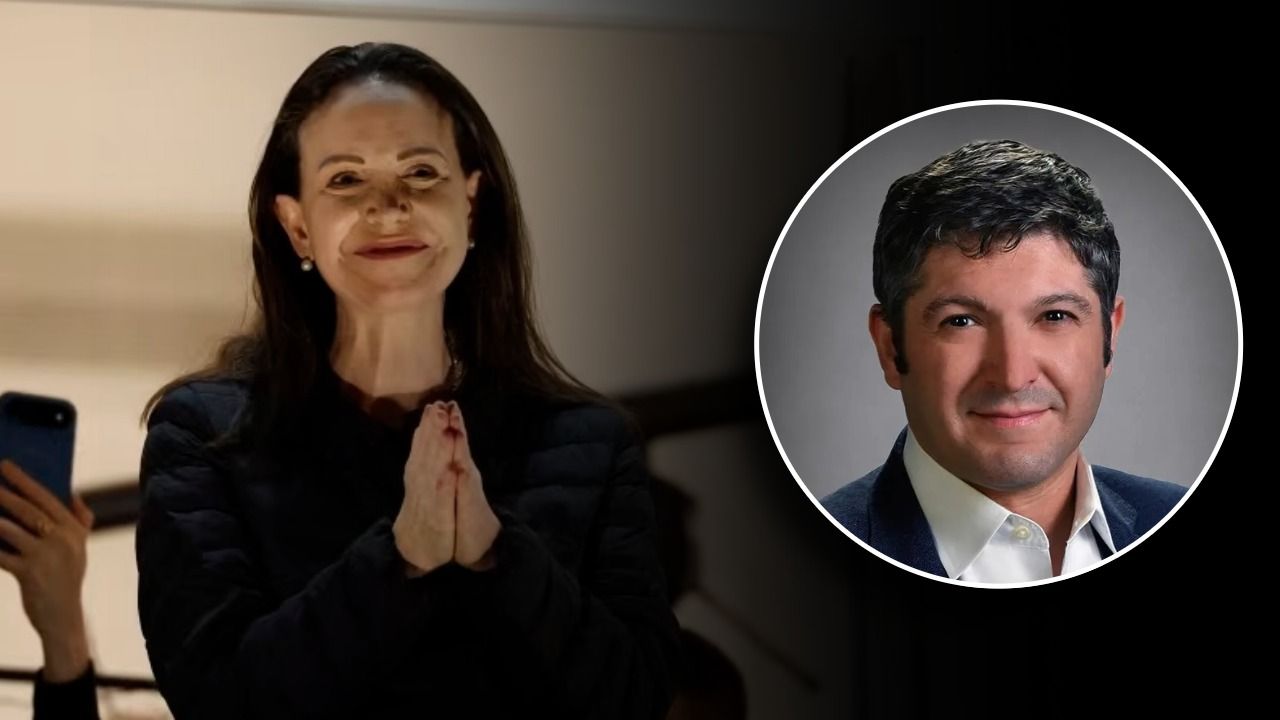Golf fans rejoice! The 2019 Valspar Championship is just around the corner.
The week-long event kicks off with the Copperhead 5k on Sunday, March 17 and runs until Monday, March 25.
The event, which is also the place to see and be seen that week, is more than a golf tournament. It’s a place to network, meet people, and have fun.
On top of that, it’s a major boom for the local economy and raises millions for charity.
Since 1977, Copperhead Charities, the nonprofit organization that plans, manages and works the event (Ronde Barber, himself, has scanned tickets), has raised more than $41 million for charities, including Habitat for Humanity, The First Tee and Big Cat Rescue, while also generating an estimated $50 million in economic impact annually.
This year, Chillounge is bringing their LED furniture to the event.
At the helm of this behemoth event is 130 “Copperheads” led by a 20-person board, including Tracy West, Valspar Tournament director and president of Copperhead Charities.
Tampa Bay Business & Wealth Magazine sat down with a few members of the board to find out how they prepare for such an undertaking, why they love being a Copperhead and what the community can do to support their mission.
This interview has been edited for length and brevity.
Board members in the room:
Tracy West, tournament director of the Valspar Championship, president of Copperhead Charities
Keith Robinson, financial advisor for Morgan Stanley, general chairman of Copperhead Charities
Jim Eisch, chief operating officer at Pinch A Penny, vice general chairman of Copperhead Charities
Jamael Oronde “Ronde” Barber, author, Fox Sports commentator, former Tampa Bay Buccaneer, board member of Copperhead Charities
Brett Morgan, CEO of Morgan Auto Group, general chairman of CopperMugs
Why do you think people want to join the Copperheads?
Tracy West: Our Copperheads get involved for different reasons, but I think the commonality to it is the love of the game and the love of bringing a world-class professional event to the area and the love of charity.
I think some people do it from a networking perspective, maybe they’re younger in their career and it’s important for them to keep meeting different people in the community.
Keith Robinson: It’s just a much grander scale, with the effort and energy that everyone puts in. It’s remarkable how many hours our volunteers put in to make this run and function. It’s awe-inspiring.
Jim Eisch: There aren’t too many professional sports that have a charitable cause at the end.
I’m not sure the community realizes the emphasis your organization, and this event, puts on charity. Tell us more.
West: It’s a key component of not only our mission, but the PGA TOUR’s mission. You can add up what all the other four professional sports have given to charity in a year and it doesn’t add up to what the PGA TOUR generates in charitable dollars across the country.
How it impacts us locally is it allows us to really raise the profile of our cornerstone charities, which would be The First Tee, Habitat for Humanity and Birdies for the Brave.
There are over 80 other charities that are involved. For them, it’s giving those organizations a platform to raise money in a unique and different way. We have a lot of charities that get involved with our Birdies for Charity program, where they can go out and secure pledges for the number of birdies the players make during the four days of competition. We put a 15 percent match on it from the tournament proceeds. Any charity can get involved.
Eisch: It’s about exposure. Some of these charities aren’t big enough that they can have the wherewithal to get their name on TV.
How long does it take to plan and prepare for an event of this size and scope?
West: It’s 365, really.
Ronde Barber: We maybe take a month for a breath.
West: I mean this is a big operation. It’s a big business. We have a staff of 10 full time employees, a couple of part-time contractors, anywhere between two to 10 college interns and 2,000 volunteers, and we have over 250 corporate partners that are involved in the tournament, as well.
We’re building our arena year in and year out. It’s tearing it down to turn around and rebuild it again. It takes over a month to tear it down. It takes several months to build it up. It’s not just a four-day tournament. If you add up all the different events that are a part of those nine days, it’s over 60.
You are all professionally accomplished. How do you make time to manage this huge under-taking?
Eisch: Passion drives everything.
Robinson: The playing of our National Anthem puts a lump in your throat starting that Monday morning. It runs into June, when we have our charity breakfast and hand out the funds raised. You get to see how all of our hard work actually made an impact. You’re so busy during the tournament, it goes by in a blur. But on that charity breakfast day, you get to pause and say, “wow, this is great.”
How do you recruit such large numbers and interest in your organization?
Brett Morgan: Quality people attract quality people. This tournament wasn’t always as successful as what you see today. The quality of individuals that have been brought to the board, and bringing on Tracy as the active tournament director, has led to the creation of a vibrant organization and people want to be a part of that. ♦
Become a Corporate Partner
From client relationship building, hospitality and pro-am options to multiple ways to get your brand involved, the Valspar Championship offers a chance for small and large companies alike to tap into this premier community event while supporting area charities.
Become a Copperhead
or CopperMug
Join fellow area business and civic leaders by becoming a Copperhead or CopperMug. You’ll serve as an ambassador for the event in the community and during tournament week. Minimum financial and service expectations apply.
Expand our Birdies
for Charity Program
Suggest to a local 501(c)(3) nonprofit that it get involved in the Birdies for Charity Program. Through donations based on the number of birdies the pros make during tournament week, the charity will share in a bonus pool from tournament proceeds.
Employee Engagement
Reward your team with tournament tickets for a job well done! Or, to encourage employees to volunteer at the tournament, work with your HR department to cover the volunteer uniform fees.

